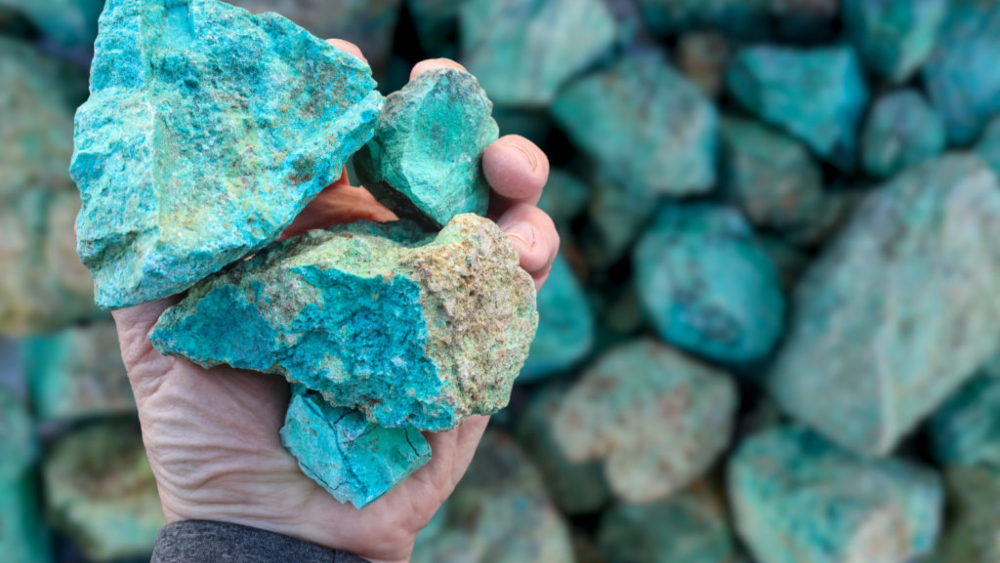It is no exaggeration to say that we could not survive in a modern society without critical minerals; they are found in hundreds of things we use everyday from cell phones and laptops to tea kettles and toothpaste.
Manufacturing, construction, agriculture, artificial intelligence, and clean technologies are just a few examples of the industries that are dependent on this sector, which is set to have a global market value of US$770 billion by 2040.
“The way we live, work, and play is tied to our supply of natural resources, and in particular, to critical minerals,” says Ardy Sufi, vice-president of business development, minerals, and metals at AtkinsRéalis, an engineering services and nuclear company, which specializes in the entire life cycle of the critical minerals sector. “This is true not only for Canada, but also for the U.S. and to important global clients and customers,” emphasized Mr. Sufi. Given this dependence, experts stress a need for an integrated, self-sufficient supply chain so that Canada’s industries and way of life are not disrupted.
The definition of a critical mineral is based on three criteria: it is essential to the economy, but its supply is threatened; it is required for the transition to a low-carbon economy; and it is a sustainable source of minerals for Canada’s partners and allies.
In total, Canada has identified 34 critical minerals, with a focus on lithium, nickel, graphite, cobalt, copper, and rare earth elements (REEs) — many at high risk of supply chain disruption.
[More]




